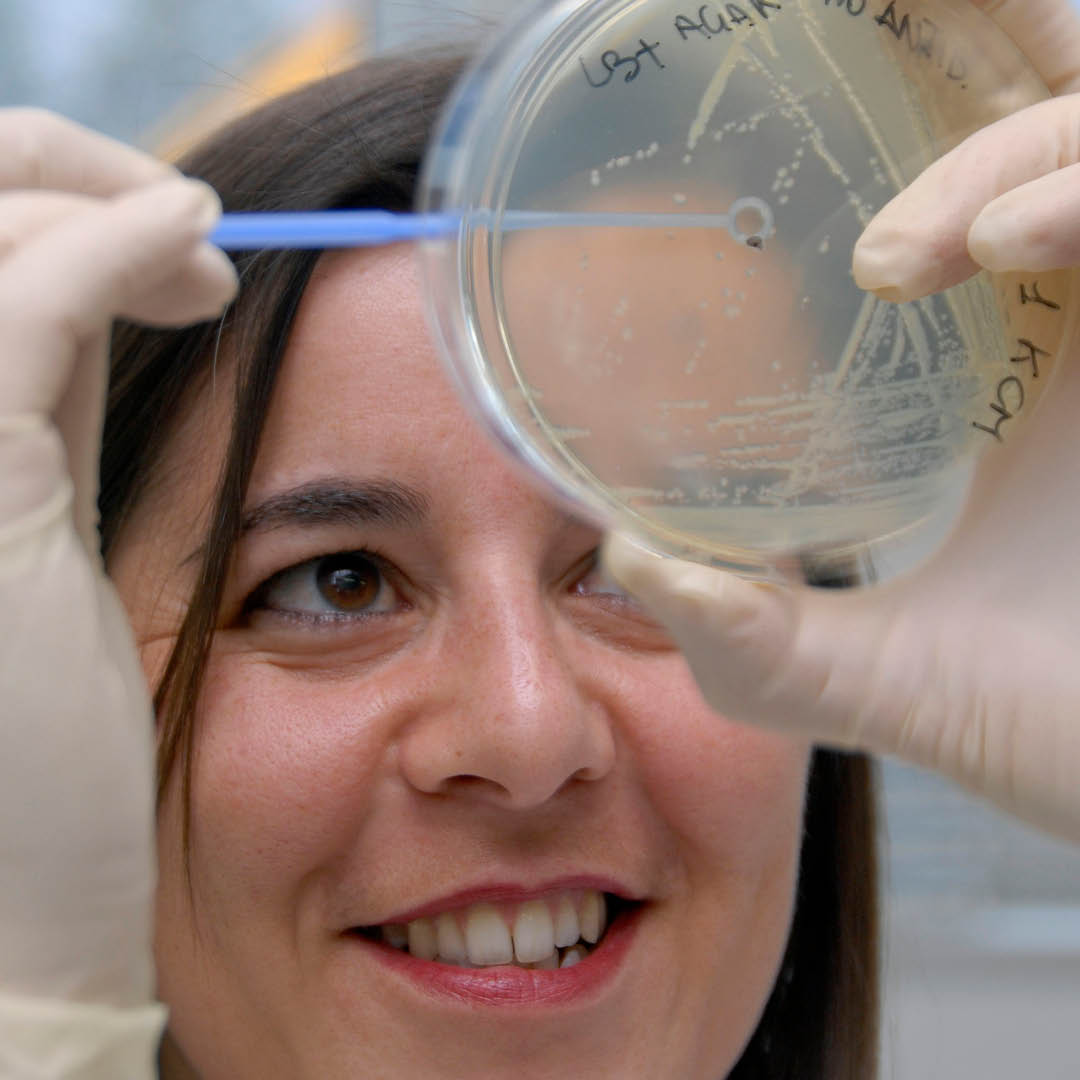
Genetics of pancreatic cancer, from families to populations

Pancreatic cancer and particularly pancreatic ductal adenocarcinoma (PDAC) is the fifth cause of cancer-related death in the western world, and it is projected to become the second by 2030. The incidence is almost equal to the mortality, with survival around 10% at five years after diagnosis. One of the reasons for this meager prognosis is the absence of specific symptoms, making early detection and diagnosis a hard challenge. A possible strategy to reduce the burden of this disease would be to find biological risk markers that enable a timely diagnosis, and/or the stratification of the population according to the risk in order to plan preventive strategies. Several epidemiologic PDAC risk factors have been identified, including cigarette smoking, heavy alcohol intake, type two diabetes mellitus, and chronic pancreatitis The genetic susceptibility to PDAC is the result of the involvement of rare high penetrance mutations, usually identified in familial cases and high frequency low penetrance variants discovered through genome wide association studies (GWAS) or large multicentric candidate gene approaches. In the recent years polygenic risk scores have been developed to compute the cumulative effect of single nucleotide variants, with effect sizes that are comparable with those of high penetrance mutations. The challenge of the future is to identify new variants and functionally characterize them.